1. The Haunted Cellar Door
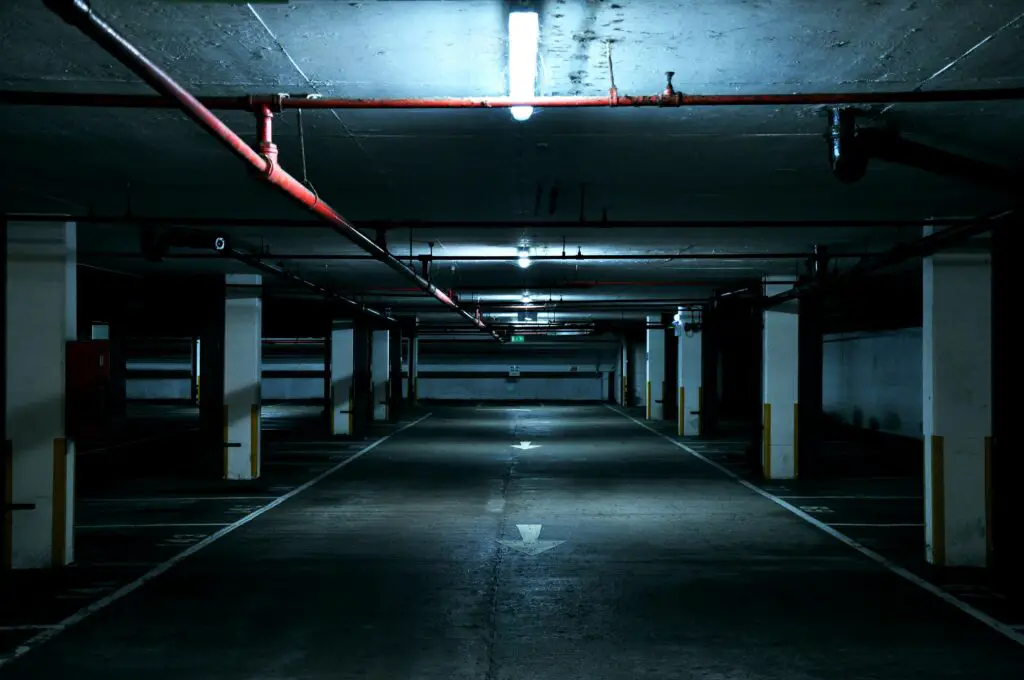
Many horror films begin with the creak of a basement door, and for good reason. Homeowners have long told stories of hearing knocks from below, even when no one was inside. In some old houses, people reported scratches on the inside of cellar doors, as if something had been trying to get out. That chilling image of a trapped presence inspired countless horror scripts.
The fear of what’s behind that door is often worse than what’s inside. When directors recreate it, they rely on the universal dread of opening something you know you shouldn’t. The basement becomes a stage for suspense, and the audience can’t help but squirm. The idea of the cellar door as a gateway to terror is now a staple in horror storytelling.
2. The Ghost in the Coal Room

Basements once doubled as storage for coal, which left soot-stained walls and dark, endless shadows. Families would tell tales of seeing figures down there, often described as coal-covered ghosts. Some believed they were the restless spirits of workers who had died in mines. The gritty texture of the walls gave the perfect backdrop for ghostly silhouettes.
Filmmakers picked up on these stories and turned them into bone-chilling imagery. The idea of an entity covered in ash, stepping out of the dark, has shown up in several horror films. The basement coal room naturally lends itself to unsettling visuals. It’s easy to see why stories like these got carried into cinema.
3. The Cold Spot Under the Stairs
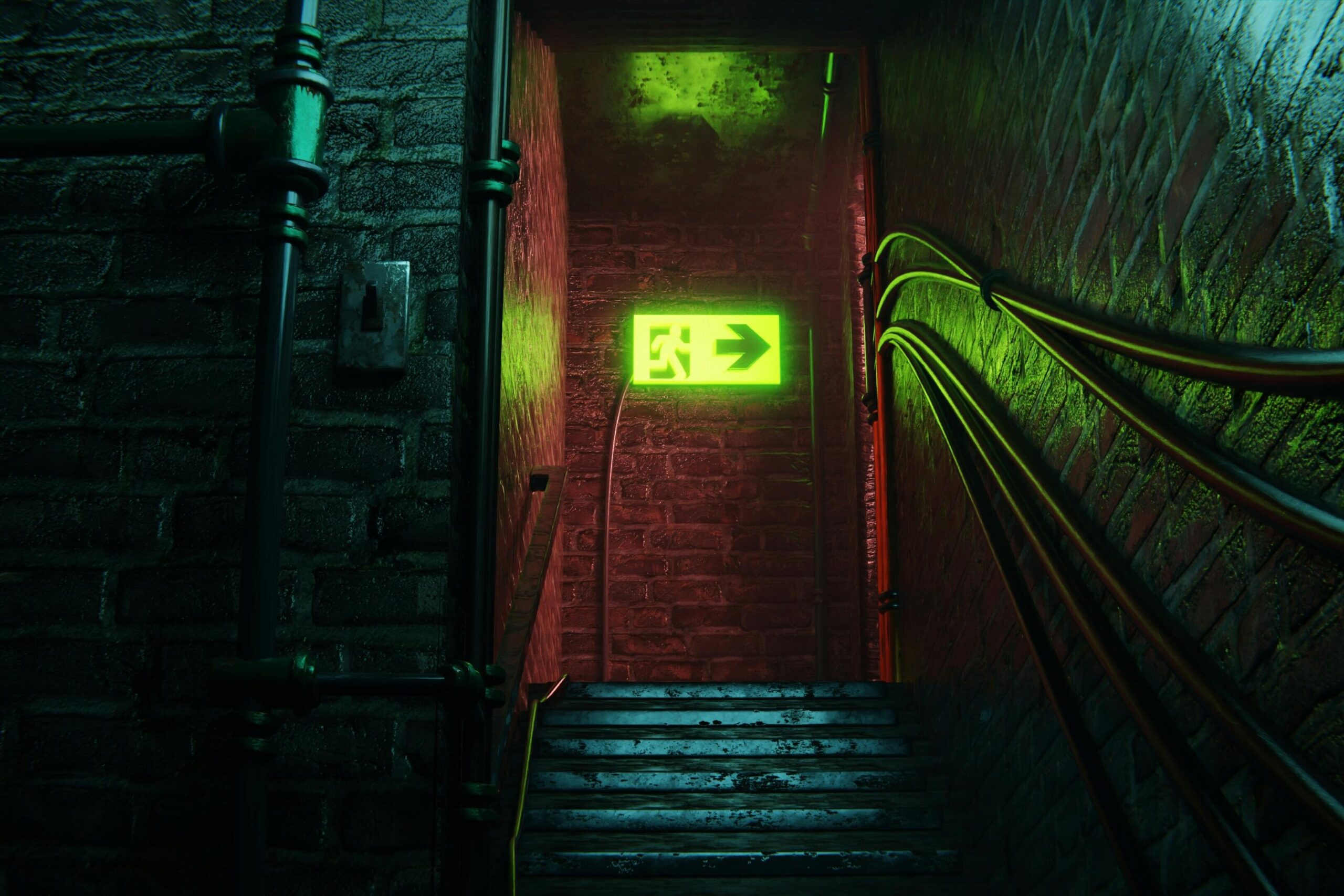
In many basements, people swear there’s one spot colder than the rest. Sometimes it’s directly under a staircase, where drafts shouldn’t even exist. Families have described it as feeling like walking through an invisible body, a sensation that leaves the skin prickling. Paranormal investigators often link these “cold spots” to ghostly presences.
The simple idea of invisible chills makes its way into plenty of horror scripts. Directors use temperature drops to show characters that something isn’t right, even before an apparition appears. That slow build of dread makes the audience squirm in their seats. All from a story that probably started in a creaky basement corner.
4. The Locked Trunk
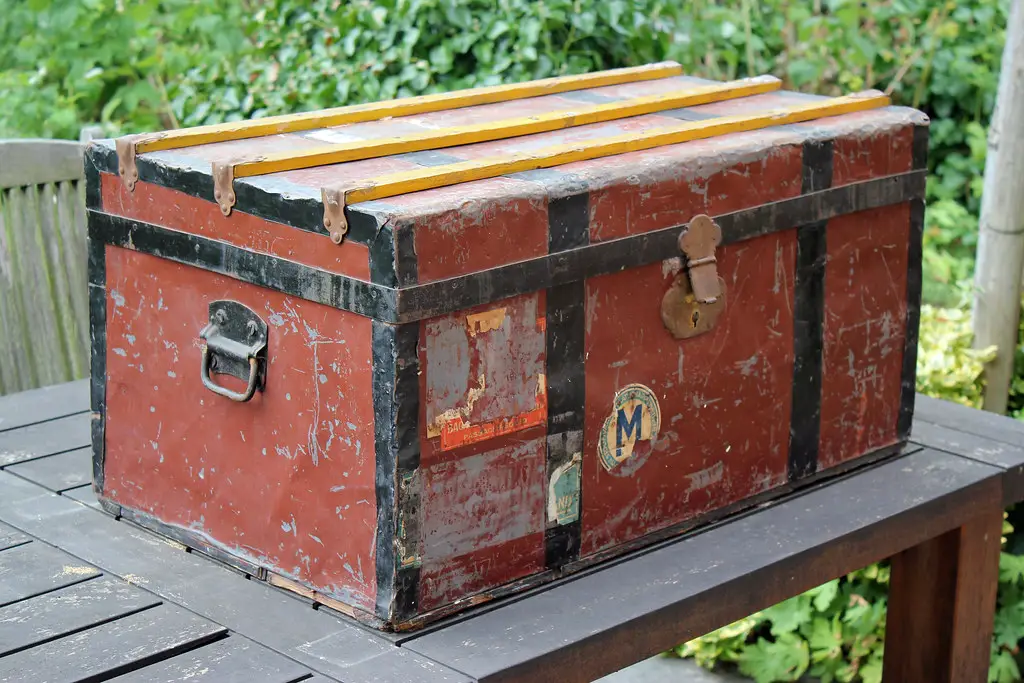
Every so often, someone finds an old trunk in a basement and refuses to open it. In ghost stories, these trunks are said to contain cursed objects, family secrets, or even human remains. The mystery alone is enough to spark unease. The idea of hidden belongings locked away for decades plays directly into our curiosity and fear.
Horror filmmakers know that a locked trunk is an instant plot device. Once it’s opened, something terrifying is unleashed, and the characters are forced to deal with it. Sometimes the object inside is less frightening than the sense of doom it carries. That blend of secrecy and terror makes the locked trunk a perfect basement story.
5. The Whispering Pipes
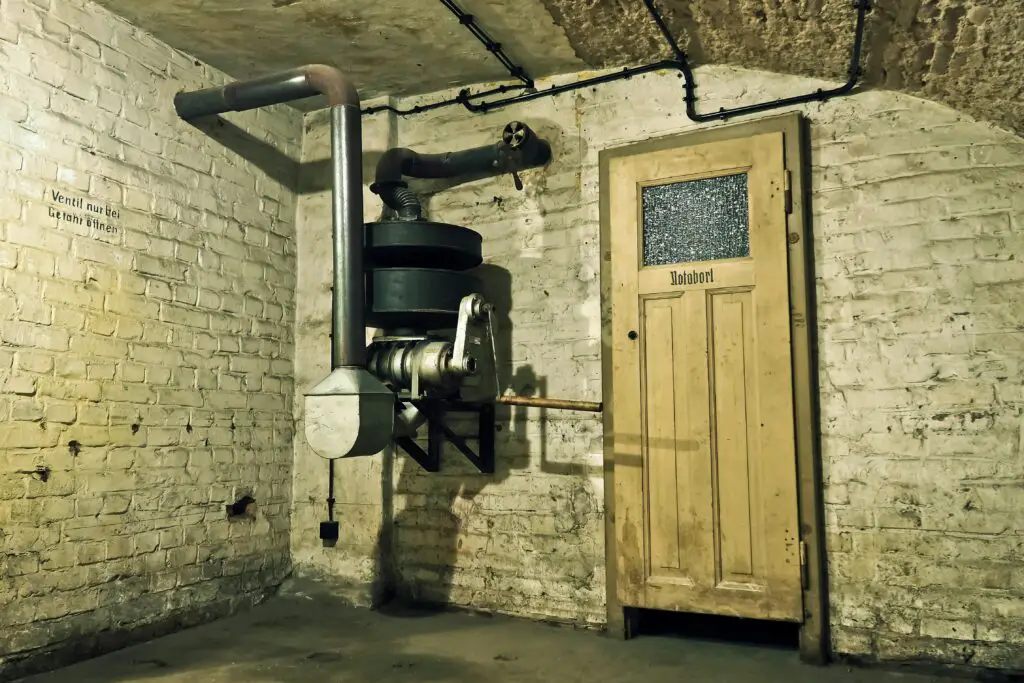
Old basements often have pipes that clang, whistle, or rattle. Some families insisted that the noises weren’t just mechanical but sounded like whispers or voices. People told tales of basements that seemed to “speak” at night, muttering words no one could understand. The imagination runs wild when you’re alone and the house starts talking back.
Horror films have taken that idea and dialed it up. Pipes become conduits for ghosts, letting their voices seep into the living world. A character leaning close to listen is often rewarded with a terrifying sound or apparition. It’s one of those ordinary details that gets transformed into lasting nightmare fuel.
6. The Blood Stains That Return
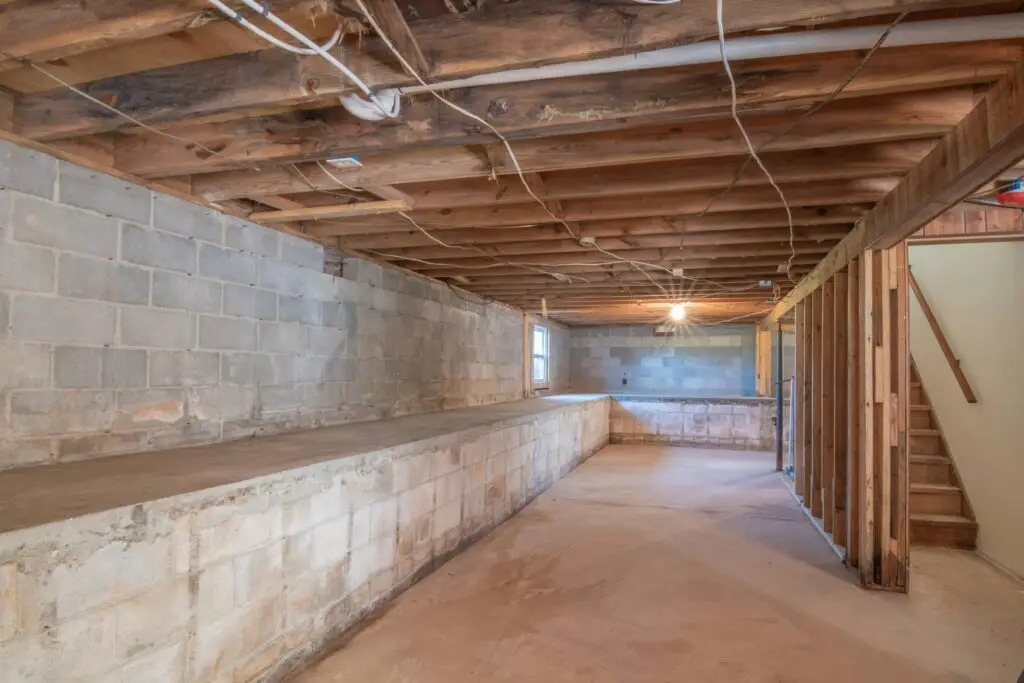
There are countless stories about basement floors that seem permanently stained. Families scrub and bleach the concrete, only to have reddish blotches seep back up. Rumors say these spots are from crimes covered up long ago. Even if it’s just rust or old paint, the unsettling idea persists.
This became a perfect theme for horror movies, where stains symbolize a house’s violent past. The basement becomes a place where the truth literally rises to the surface. Viewers know that if blood won’t wash away, then the past won’t stay buried either. It’s simple, eerie, and very effective onscreen.
7. The Shadow in the Corner
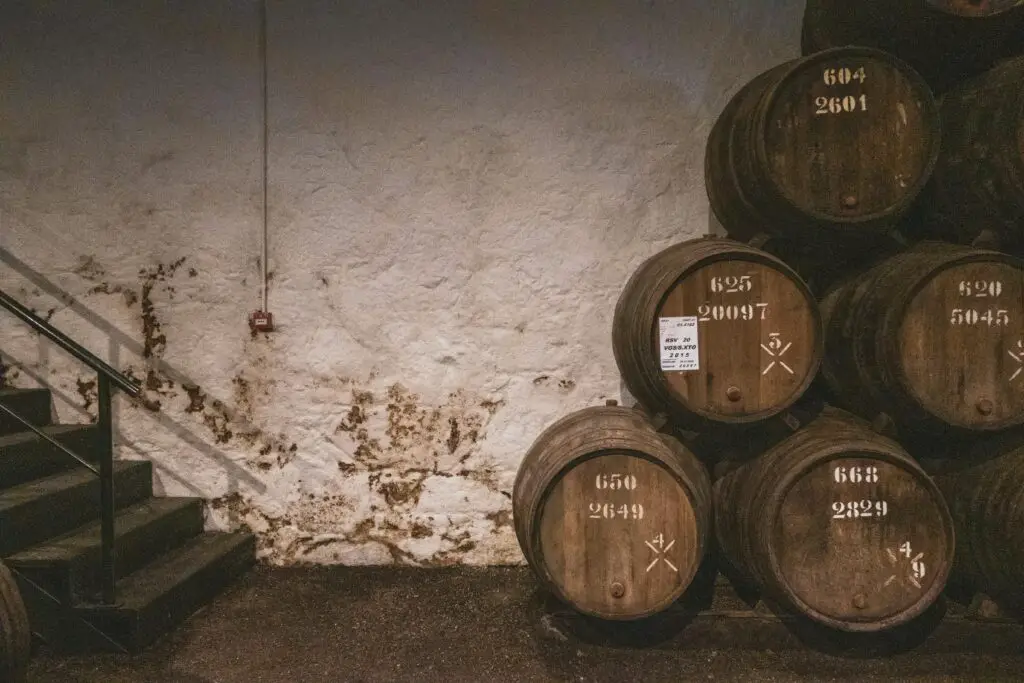
Basements are usually dim, and it’s easy for shadows to trick the eye. Yet people have told stories of seeing the same figure lurking in the same corner, even in good light. The silhouette doesn’t move, but it doesn’t vanish either. That persistence makes it feel like something is always watching.
Horror movies thrive on shadows that refuse to disappear. They create suspense by leaving the audience unsure whether the figure is real. Eventually, the shadow takes shape, and the payoff is horrifying. That simple idea of something just standing there can be scarier than any jump scare.
8. The Hidden Room
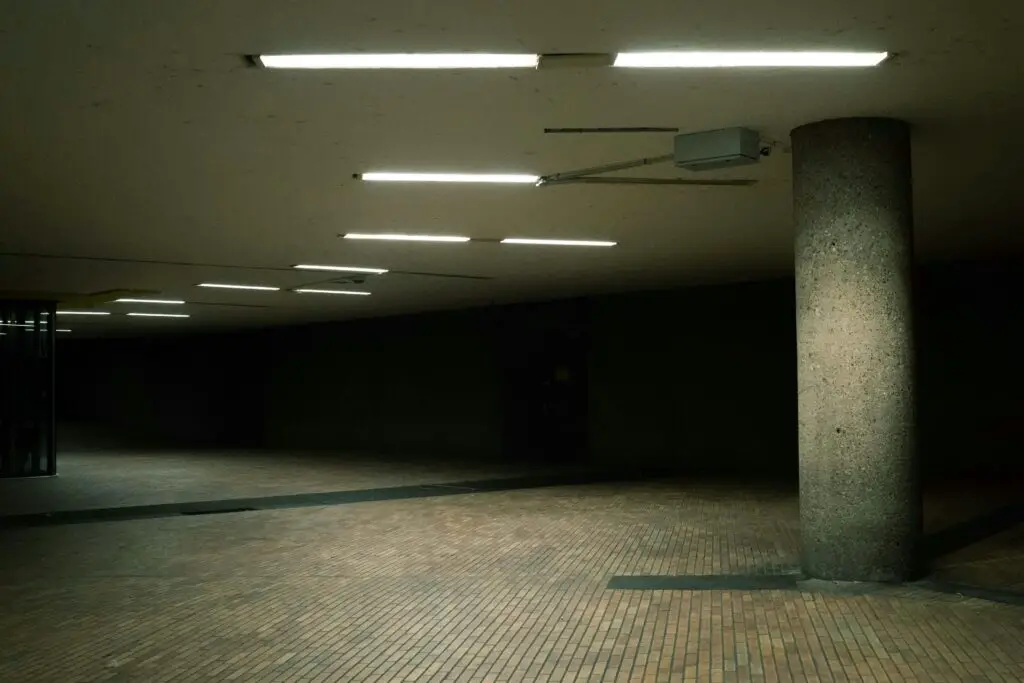
Contractors and new homeowners sometimes discover hidden rooms behind basement walls. These sealed spaces stir the imagination immediately—why would someone wall off part of their home? Theories range from Prohibition-era hiding spots to much darker secrets. Unease grows the longer the space is unexplained.
Movies often use this trope as the moment when everything turns sinister. A hidden room usually contains evidence of past horrors, from torture devices to unmarked graves. That unexpected discovery instantly raises the stakes. It proves that the house itself has something to hide.
9. The Footsteps Below
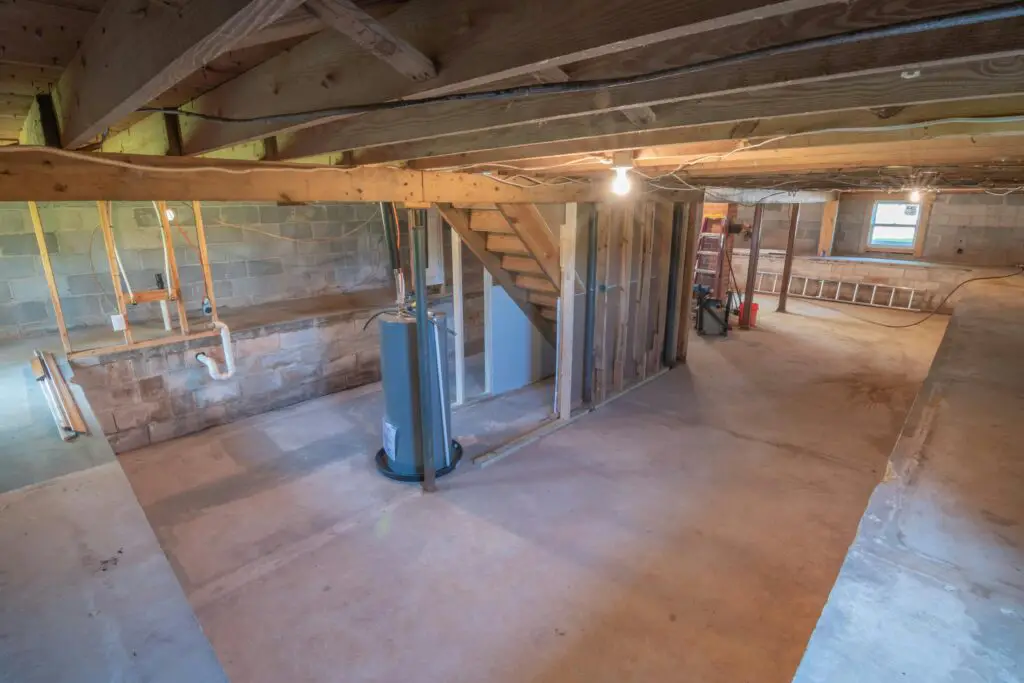
It’s one thing to hear footsteps upstairs, but footsteps coming from below are another story. Families sometimes report hearing pacing in their basements while everyone is accounted for. The sound often continues until someone dares to investigate. By then, it usually goes silent, leaving everyone rattled.
Horror movies love to use basement footsteps as a way to lure characters downward. The echoing thuds build suspense until the character reaches the bottom of the stairs. Of course, the audience knows something awful is waiting. It’s a classic setup that always delivers.
10. The Furnace That Breathes
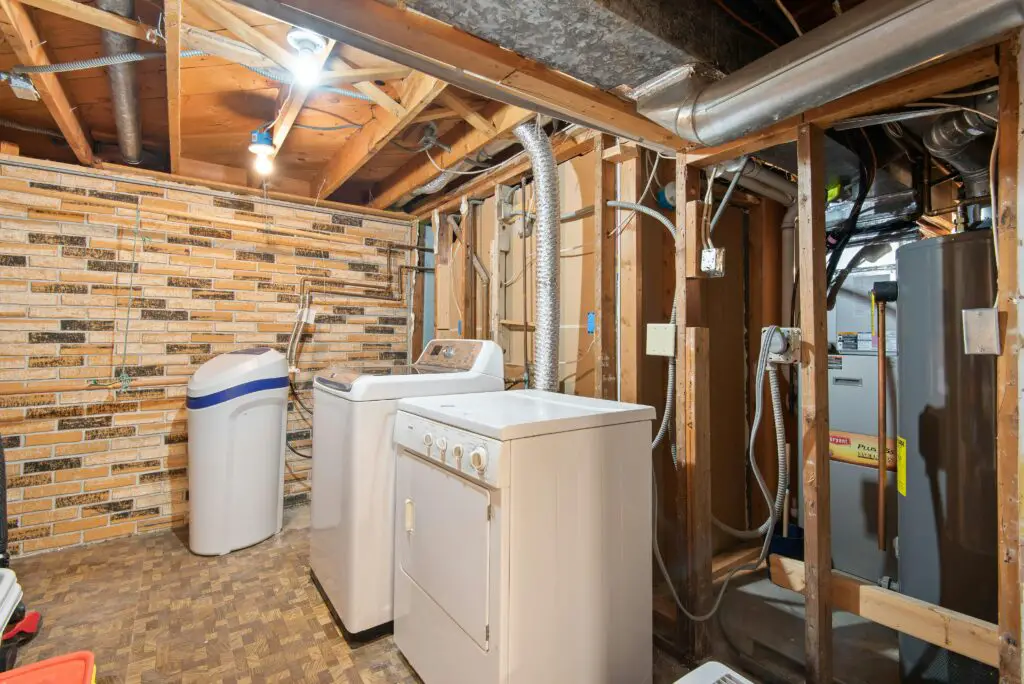
Old furnaces can make strange noises, sometimes sounding like sighs or low growls. In certain stories, families claimed the furnace seemed alive, breathing in rhythm. Some kids grew up convinced their basements housed a monster that could swallow them whole. That fear often stayed with them into adulthood.
Horror films borrow this imagery by turning mechanical noises into living threats. A furnace that groans or exhales becomes a character of its own. The metallic shadows and fiery glow add to the dread. It transforms a practical machine into something sinister.
11. The Flooded Basement
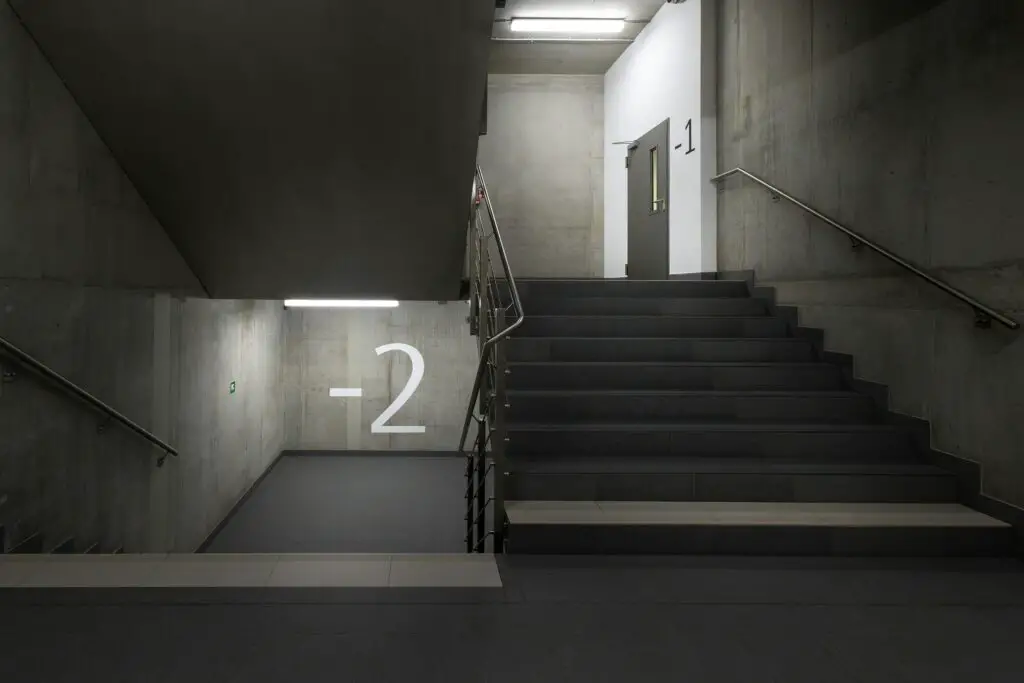
Water damage is common in basements, but it takes on a darker spin in ghost stories. People say that sometimes the water won’t drain, no matter what repairs are done. Some even claim to see faces reflected in the water or figures moving beneath the surface. The idea of drowning in your own home is unsettling enough.
In horror films, a flooded basement often hides something beneath. Characters wade through knee-deep water, not knowing what might be floating—or lurking—below. The reflection of ghostly figures in water creates a haunting visual. That mix of claustrophobia and helplessness makes it a reliable scare.
12. The Strange Smell
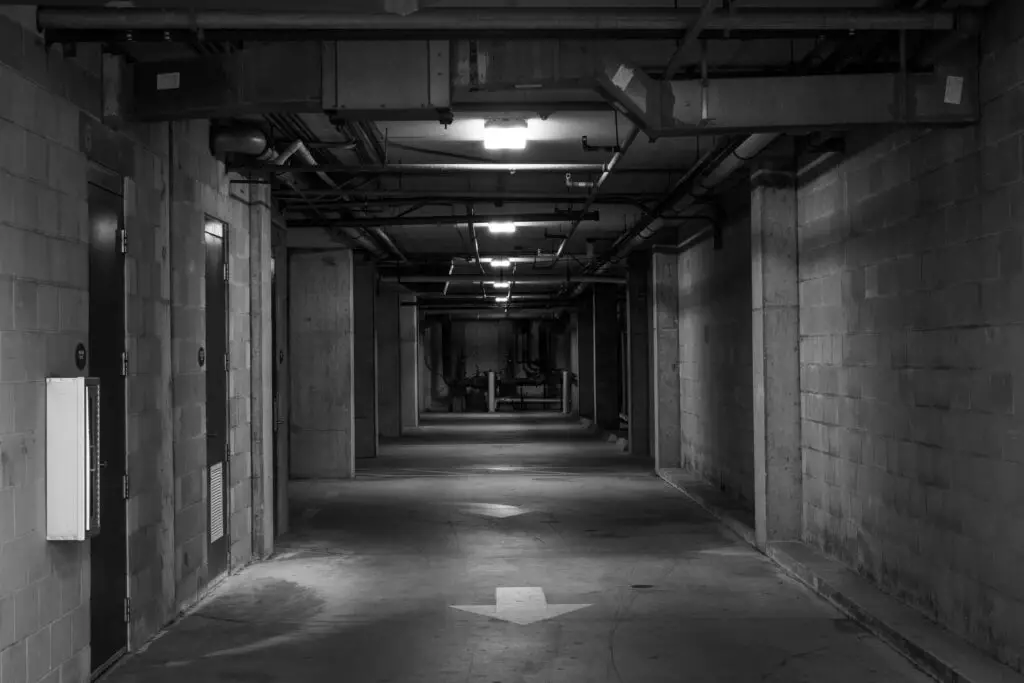
Basements are known for being musty, but some stories go beyond mildew. Families report smells of decay with no source, filling the air for weeks at a time. Paranormal believers often tie unexplained odors to ghostly presences. The association with rot and death makes it particularly chilling.
Horror movies pick up on this detail by using smell as a signal of evil. Characters gag on foul odors before encountering something supernatural. The unseen presence feels closer when you can practically smell it. It’s an underused but powerful detail that came straight from real stories.
13. The Cursed Doll
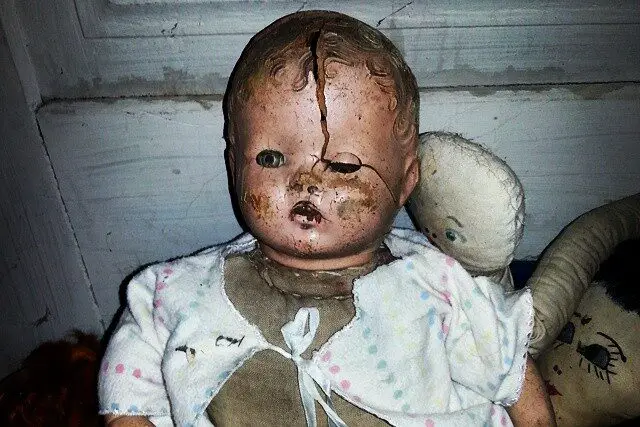
Many basements double as storage for forgotten toys. In countless stories, people find an old doll that seems to move or change expression. Owners swear they left it facing one way, only to return and see its eyes shifted. Some even claim the doll emits faint sounds when left alone.
Horror films thrive on the imagery of a creepy doll in a dark basement. From its cracked porcelain face to its fixed smile, the doll becomes a vessel for evil. Basements provide the perfect stage for these discoveries. It turns an innocent childhood object into a nightmare.
14. The Mirror at the Bottom of the Stairs
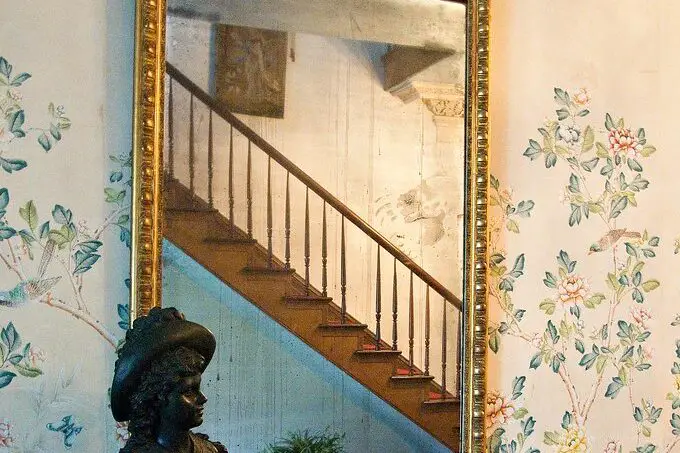
Some families kept old mirrors in their basements, propped up against walls. Over time, eerie stories developed of mirrors that showed more than reflections. People reported seeing strangers standing behind them or glimpsing distorted versions of themselves. The basement setting made these visions even scarier.
Movies use basement mirrors as portals to other worlds or as traps for souls. A character descending the stairs sees something impossible, and the horror begins. Mirrors already carry symbolic weight, but when placed in a basement, they feel dangerous. That combination makes them unforgettable on screen.
15. The Basement That Never Ends
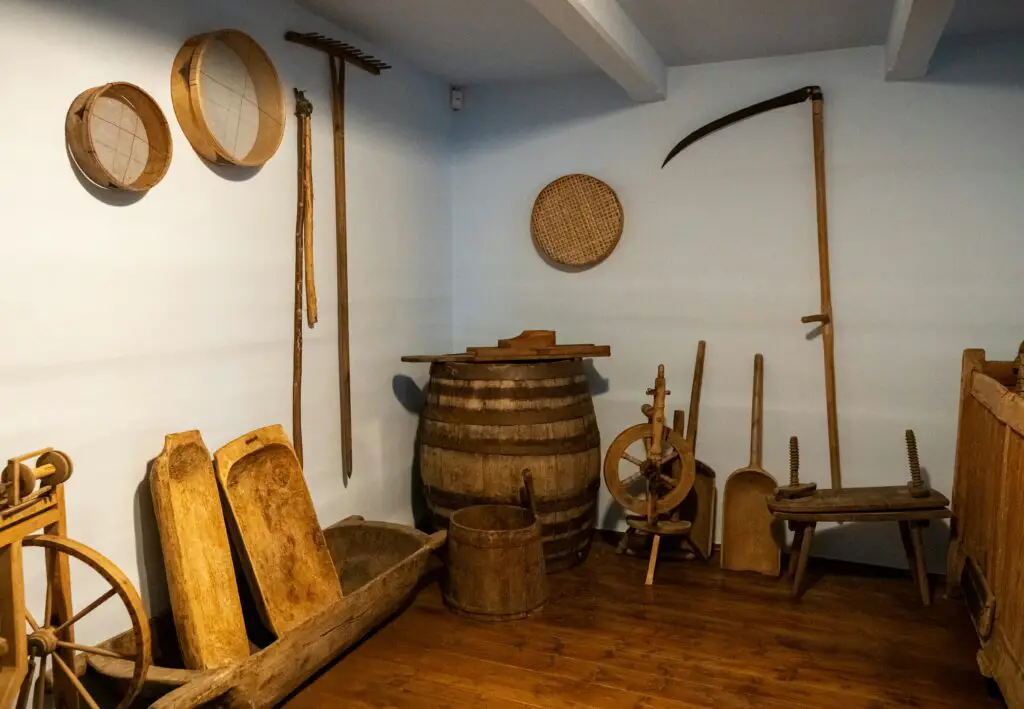
Perhaps the creepiest stories are about basements that seem bigger than they should be. Some describe staircases that keep descending or hallways that stretch farther than the house itself. These impossible spaces make people feel disoriented and trapped. It’s a nightmare of architecture turned against you.
Horror films love to play with warped space, making basements feel endless. A character might walk in circles, only to realize the basement is growing. The more they explore, the more impossible it becomes. That sense of being swallowed by your own home hits a primal fear.
